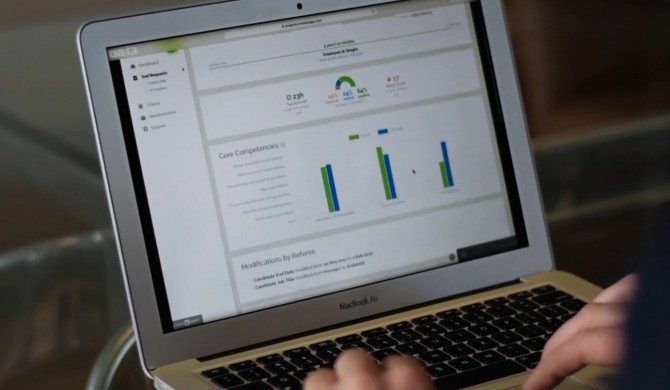
January 2019
Although the start of a new calendar year doesn’t really hold any special significance for investors, the relative dearth of corporate news makes it as good a time as any to reflect on your investments. And, if necessary, undertake a bit of course-correction.
The fact is, no mater how carefully you build your portfolio, it will inexorably evolve and change over time — sometimes significantly. And not just in terms of the weightings of individual holdings, but also their respective outlooks. Ask yourself this: if you were to start from scratch today, would you re-buy all the stocks you currently hold, and in the same proportions?
If the answer is no, it’s a good clue that you may need to make some changes.
That being said, every time you fiddle with things you have to wear transaction and, potentially, tax costs. Moreover, most of the gains in investing come from the waiting, not the doing, and short-term considerations can sometimes lead you to interrupt a very favourable long-term compounding process. Any changes you make should be well-considered and deliberate.
A difficult, but important, housecleaning process is to take care of any “dogs” — stocks that have no business being in your portfolio, but are held because of loss-aversion, false hope or just plain old stubbornness. Remember, the real question isn’t whether there is still some investment merit left, but whether that merit is as good as other alternatives.
Your capital is way too precious to indulge some second-rate wannabe when, with a few simple mouse clicks, it could be invested in something else with superior risk/reward prospects. As a ‘bonus’, you’ll get a tax loss.
Another important course-correction may involve selling-down, or bulking-up, positions that no longer have an appropriate weighting in your portfolio. A first-class problem is where a winning stock has grown to a point where it has come to dominate your portfolio. Although you should never sell purely on your personal profit/loss situation (the growth in a company’s value can often outstrip the growth in its price), it’s simply prudent risk management to ensure you aren’t overly exposed to any one stock.
Conversely, though it’s much easier said than done, adding more to a losing position is the right thing to do if the investment thesis is still intact. After all, if the price is the only thing to have changed, shares are — by definition — better value now than when you first bought.
Next, it’s worth having a think about how all the separate pieces of your portfolio fit together. The benefits of diversification may prove illusory if many of your holdings have correlated risks. Furthermore, the amount of your investable capital you decide to keep in cash is important. It’s an oft-overlooked hedge against downturns, and one that ensures you have some dry powder if and when things get dire.
Ultimately, you may end up changing nothing. But taking the time to reflect on your portfolio (or Strawman scorecard!) will ensure you start 2019 in the best position possible.
Good luck!







